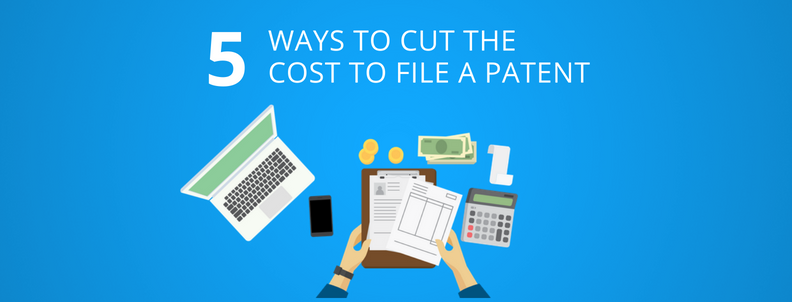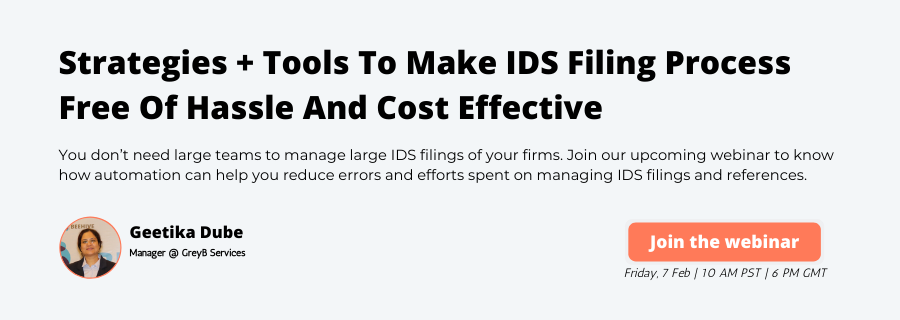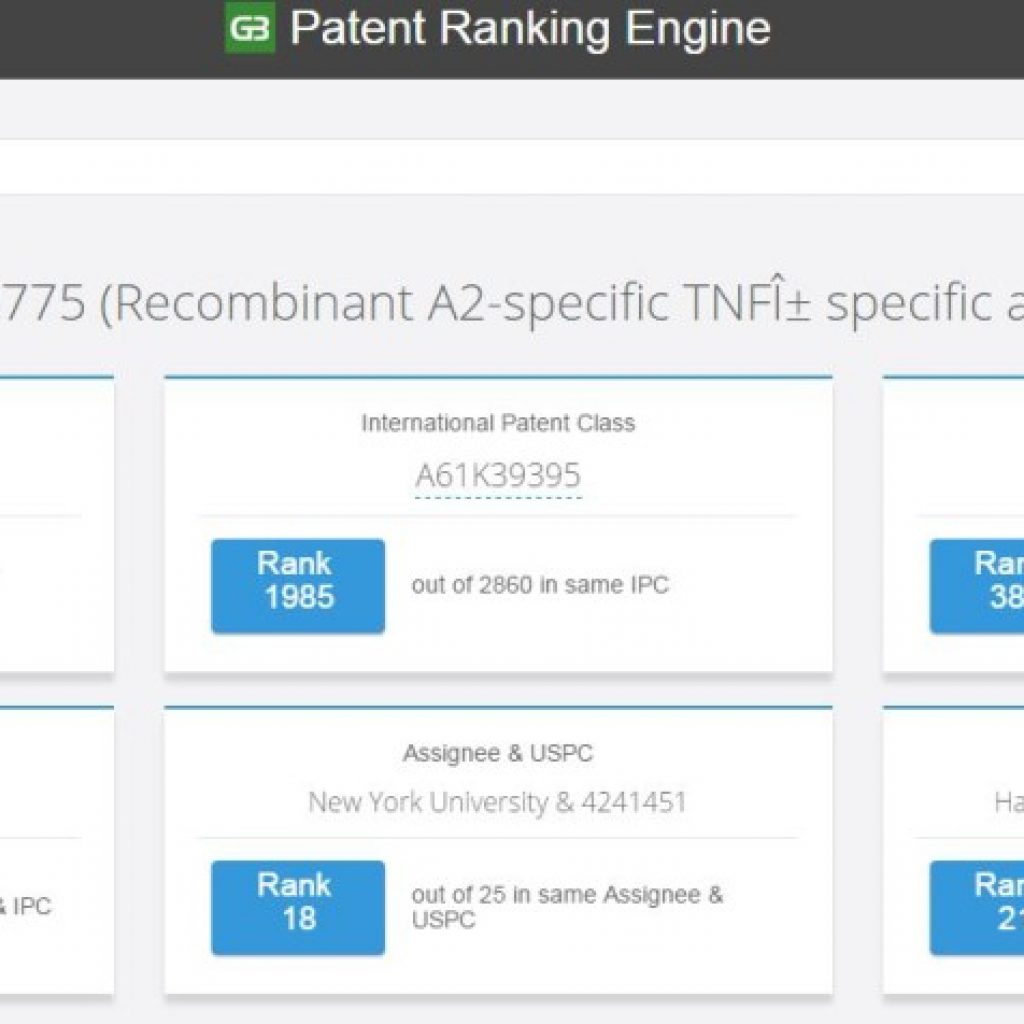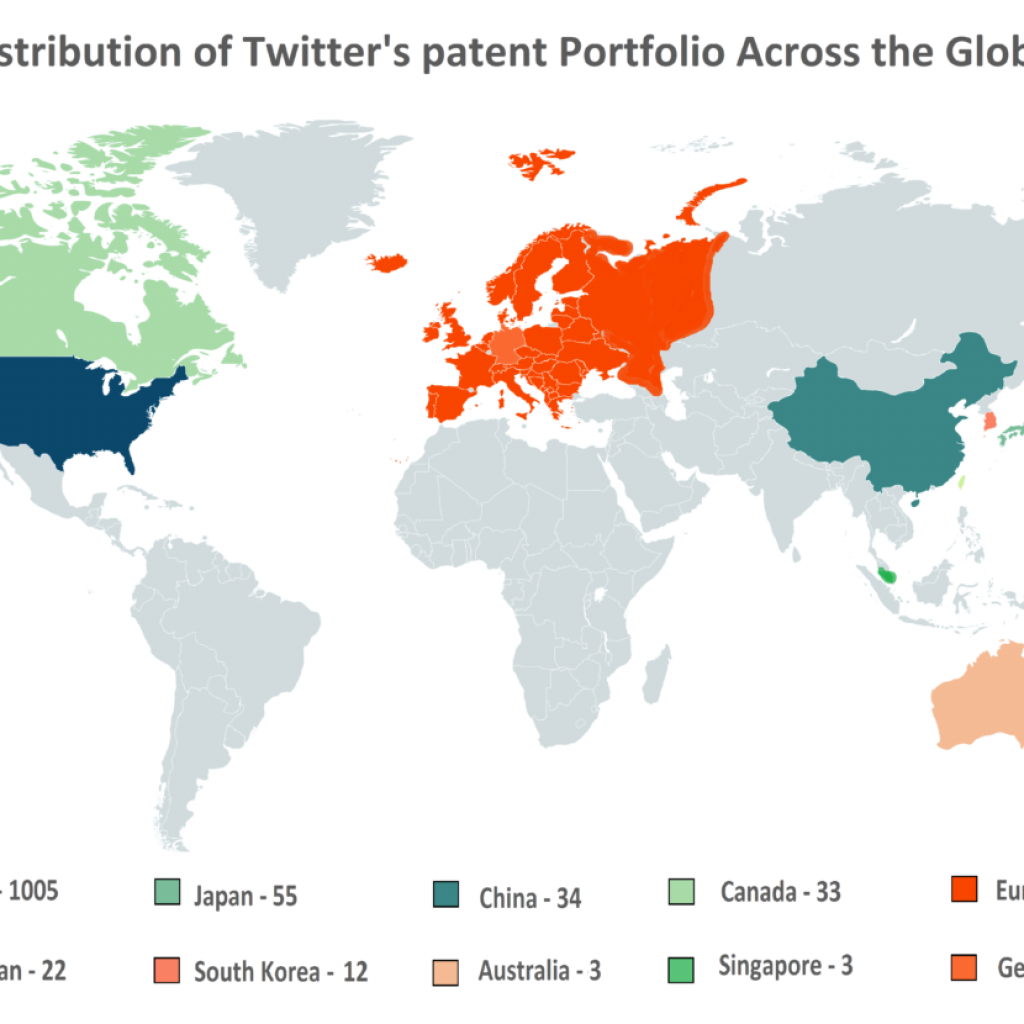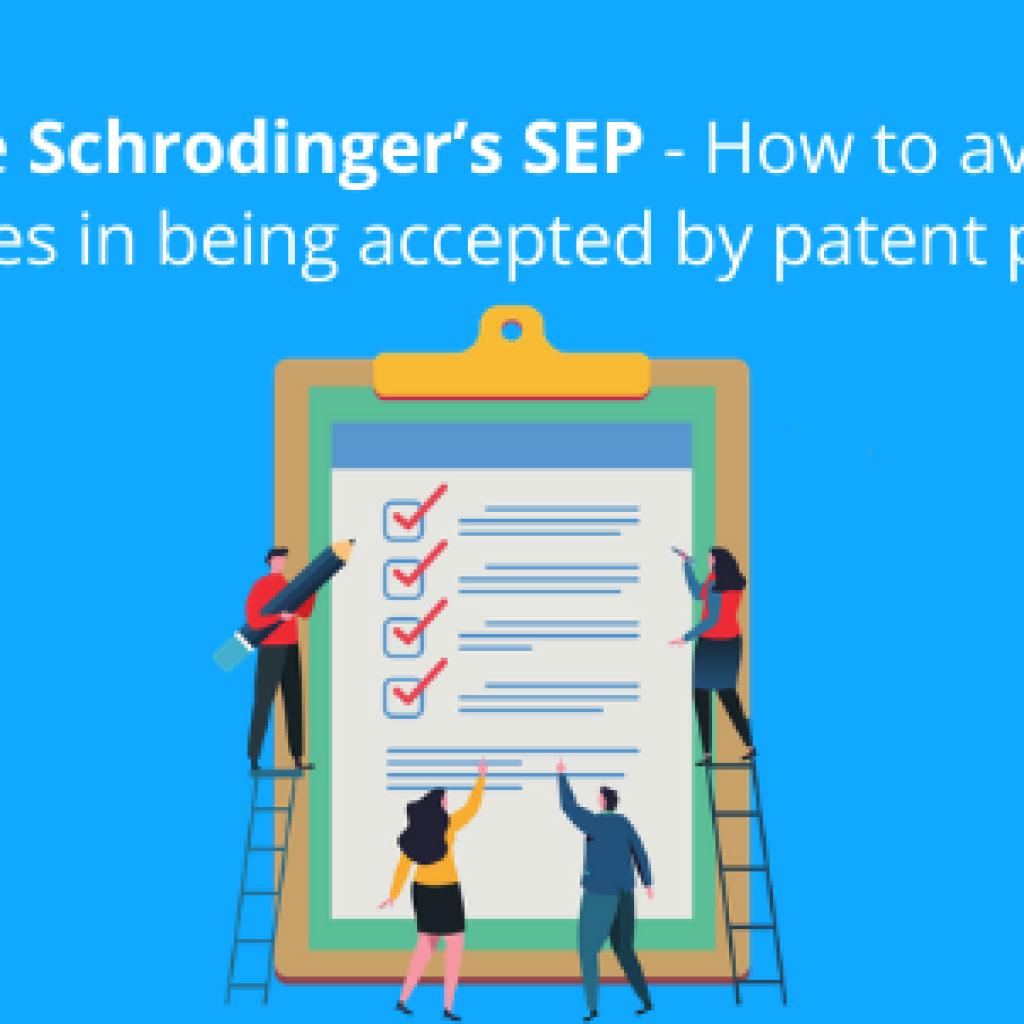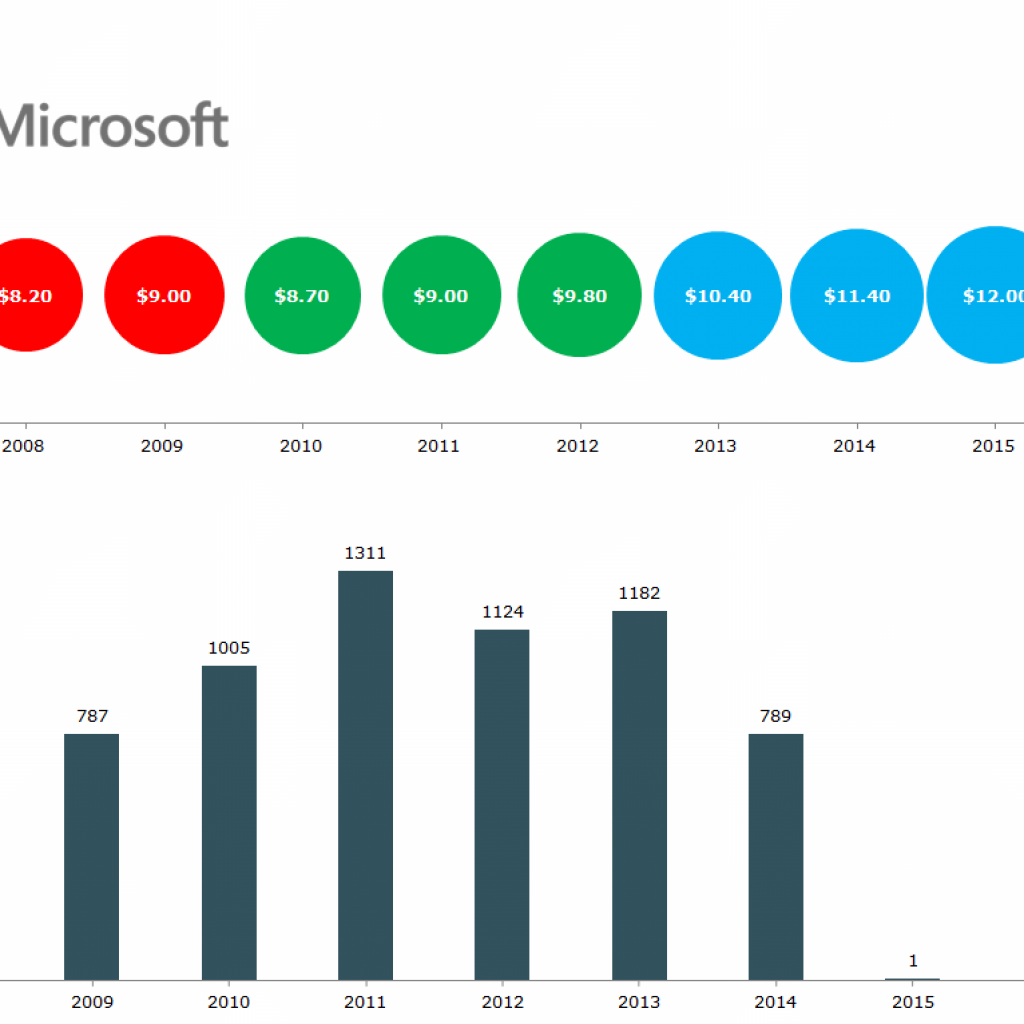 hbspt.cta.load(1791848, ‘5a9b267c-02a7-4033-a894-fa9187d5e4d6’, {});
hbspt.cta.load(1791848, ‘5a9b267c-02a7-4033-a894-fa9187d5e4d6’, {});
“It is great to be the owner of hundreds of patents, but it is not a simple task to obtain and maintain these patents.” – Legal Counsel at an Inc. 5000 Company
The cost to file patents is an expensive task. Especially when you have filed patents for a variety of products and processes in multiple countries. Separate patent filing fees must be paid for each patent application for respective jurisdiction along with other requisites.
Once your patent gets granted, to keep it alive you have to pay operational or maintenance fees. The lifetime cost of a patent that is filed in multiple countries – on average – can easily run into anywhere from $80K to $300K or even more for a midsized company.
Can something be done to reduce this cost? Turns out yes. We have presented five ways to minimize the costs during the patent prosecution phase. Before we have a look at them, let’s get the answer to this important question –
Why is the Cost to File a Patent is Expensive?
First, let us understand the process of filing a patent application. A patent application consists of detailed claims which cover the scope of an invention, and images or diagrams of the product or process, as the case may be.
Claims are the real soul of a patent application and provide the description of the subject matter of a patent and warn others against the territory for infringement of that patent. It is vital to ensure that the patent claims are unambiguous and that they do not form part of any previous patent.
For the purposes of knowing whether the claims are not part of an earlier application, it is necessary to conduct a prior art search. This search helps in determining whether the current patent is novel or not. If you are wondering what a prior art search is, here is an article for your help: Everything you need to know about Prior art Search
If the prior art reveals that a product or process similar to the current application exists or any reference to the same is available in any patent, literature, or other reading material available, then the application is not novel and must be rejected.
In order to conduct this sort of patent search or for drafting any patent claim, the inventor must follow all the requirements and forms for filing an application. Further, one might but should not draft the application without the advice and counsel of a patent professional.
The drafting of application is a critical stage in this process since the new product or process entirely depends on the claims. Professionals with degrees in science or engineering or equivalent can understand the details and draft the applications of claims properly and precisely. Looking at the special expertise and experience of these professionals, the money involved in filing patent rises to incorporate their fees as well.
Also, the fees of these professionals vary with the complexity of matters, say easier the technology, lesser the number of hours spent on patent drafting, lesser will be the professional fees. The situation becomes vice-versa in case of difficult to understand the technology or emerging technologies which is understood only by a handful of people, who will then charge higher.
Now you know why filing patents are expensive. But there is least to worry because it is possible to minimize costs during the prosecution phase. Here’s how –
How to Save Money on Patent Prosecution?
With the ever-increasing costs, it is important for any business to keep a check on its expenses. As Intellectual Property Rights (IPR) is a niche segment for any product, the expenses seem to be sky-rocketing. These costs can be minimized/avoided altogether by asking oneself these five questions.
1. Do You Need A Patent at All?
Firstly, the inventor must check whether it is actually worth filing a patent application or not. A prior art or patent search must be considered to ascertain if there is a similar or identical application pending or registered with the patent office of a country. It is better to spend some amount on conducting a patent search rather than filing a new application.
There could be other factors for not filing an application. For instance, if the prototype constructed at the time of drafting does not appear to be a manufacture-worthy product or if the inventor feels he will not be able to have any commercial benefit from the said product – in such scenarios, it is better not to file a patent application and waste money.
2. Do You Need Patent in Multiple Countries or Not?
At the time of a new filing, an inventor or patent holder must determine the countries where he wants to file a patent. This helps to understand the money required in filings and then to obtain and maintain the requirements of a complete portfolio.
An inventor needs not to file patent applications in each and every country across the globe. Build a business strategy and act accordingly. Choose the key countries of interest and file applications only in those.
3. Can You Conduct A Patent Search?
Patent search or prior art search does require expertise and experience of patent attorneys in order to ensure that a proper search is conducted and to kill any unpleasant surprises after filing a patent application. A good patent expert may not just conduct the search, but also provide a patentability report.
However, if the inventor is of the belief that he has the right skillset and resources, then he can save the money spent on searches by conducting on his own. He may even conduct market surveys to understand if similar or competitive products or processes are available in the market.
There are numerous free databases available online which can help an individual in conducting the search on his own. Some examples of these databases are Google Patents search, Escapenet, Patentscope, Len, and USPTO.
If you are wondering how you can conduct a patent search yourself, worry not! We know that many inventors find it overwhelming. Hence, we created multiple guides on how to conduct patent searches on multiple free databases. Below links to those guide:
- A definitive guide to conducting a free patent search
- How to use Google Patents to conduct a patent search?
- How to use Google Scholar for patent searching?
Further, while doing a patent search yourself, you get exposed to lots of other inventions and concepts. This might also inspire you to connect a few unseen dots and increase your innovation and creative quotient.
4. Can You Draft A Patent Application?
Like conducting a patent search, drafting a patent application requires expertise in the subject. In fact, it requires more experience and skills than the search requisites. If patent claims are not in tandem with the invented product or process or not written in the required format, then the patent application is a complete waste of money.
Additionally, a patent attorney might even be able to narrow down or expand the scope of a patent application – dependent on the technology, competitors, trend of examination reports/objections received from the Patent Office, etc. The expertise and experience of a patent attorney can make or break the application draft.
If the inventor is insistent about saving money in the professional fees paid to the patent attorneys, then he may attempt the first draft application himself. Though, it is ideal that after the draft, he vets it through a patent attorney to ensure that there are no errors in it.
An inventor can also use the draft as the basis to explain the invention to the patent attorney. There are chances that his hired attorney may charge lesser as he does not need to begin from scratch.
5. Can You File A Patent Application?
After drafting your provisional patent application, it is time to file it before the Patent Office. Some jurisdictions have made it compulsory that the filings may either be done through lawyers or patent agents; though there are still jurisdictions where the inventor can filing himself.
This can help in reducing the costs to a great deal. But, it must be kept in mind that if the application is not filed as per the format or the correct procedure, then it might get out-rightly rejected. Even if the provisional application is filed by the inventor on his own, no risk should be taken at the time of filing a complete application.
Still, in case the investor wishes to file the application by himself, then he should undertake some courses related to patent filings to educate him regarding the procedure and processes. Risking the grant of a patent, just to save some money is highly unadvised.
Conclusion
We have discussed five ways that could help cut down the prosecution costs while obtaining a patent. Each of these tactics, when chosen, can come with its own set of repercussions. For instance, the lack of a proper prior art search can lead to a rejected patent.
In case the prior art search is properly done, and while drafting the inventor fails to cover the entire scope of the invention in its claims, it would lead to a granted patent with limited scope.
To avoid such instances, proper consideration should be given before deciding which expenses could be incurred and which ones could be avoided.
You see, patents though are expensive and difficult to obtain, when properly covers the scope of an invention/technology could reap a high return on interest. You definitely do not want to be penny-wise, pound-foolish when it comes to obtaining a patent.
Making calculated decisions is key.
I hope you enjoyed reading the article and it did help you clear some doubts. Further, I suggest you go through these FAQs related to patent filing as they may clear few more clouds of doubts from the sky: Patent Filing FAQs
There’s another factor that affects your patent’s prosecution cost – disclosure of relevant prior art to the examiner or in other terms – IDS (information disclosure statement) filings. A lot of time is spent in preparation and submission of IDS, which sometimes takes multiple iterations and a lot of hours of IP teams which automatically increases the cost of prosecution. Also, even a single reference missed can result in rejection which again will add up to the cost of the prosecution to move ahead. This means that there’s really no room for error here.
How can you efficiently manage IDS filings, keep your prosecution process less complex and easy on your budget? Here’s a session that can help you here:

